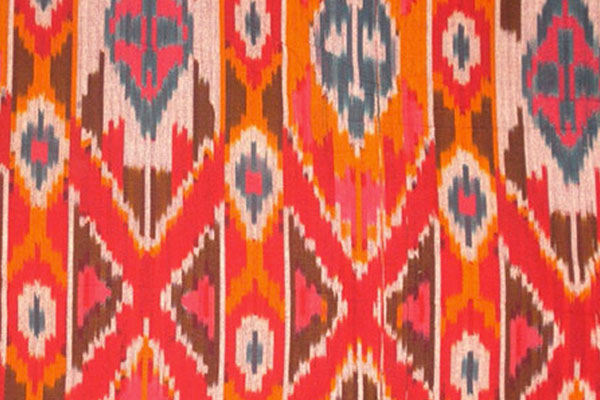
Ikat from Odisha
Ikat is weaved in several parts of the country but Odisha seems to have pretty much mastered the Ikat art of weaving. Ikat weavers in Odisha are more often than not the members of communities like the Meher or Bhulia who have inherited the art form and have mastered the trait over the years. They basically strive to bring the rich Oriya culture to life in their Ikats with their unique dyeing techniques. And today as Ikat makes a raving comeback to the ramps with contemporary designs labels like Vraj:Bhoomi and The Ikat Story, we cannot take away from the weavers their due in making the fabric so popular.
Image credit- cdn.strandofsilk.com
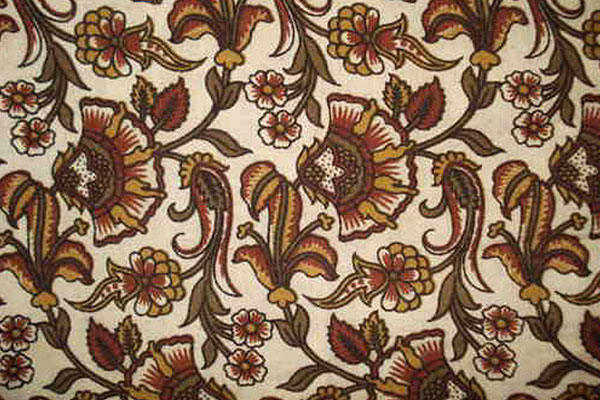
Kalamkari from Andhra Pradesh
One of the most prominent features of Andhra Pradesh, Kalamkari is a kind of hand painted or block painted textile art that dates back to the Indus Valley Civilisation. With a history of 3000 years, Kalamkari is known to have evolved during the Mughal era and has managed to retain its grace till date. Today as we watch Kalamkari make a contemporary fashion statement with conventional designers, we think we owe it to the skilled artisans of Venkatagiri, Pochampally and Gadwal that continue to create traditional and contemporary pieces adorned with Kalamkari prints.
Image credit- 2.imimg.com
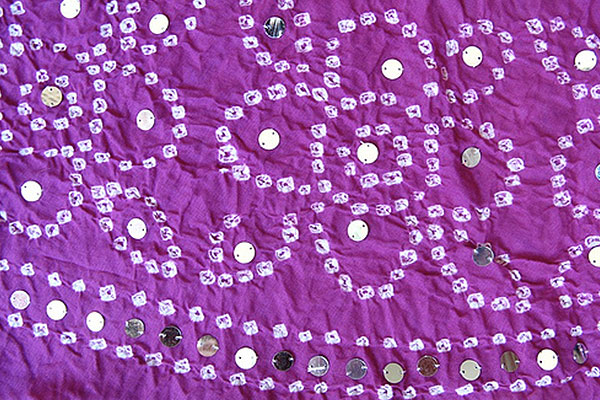
Bandhani or tie and dye from Gujarat
Tie and dye or bandhani is a derivative of the Sanskrit word 'bandh" which means 'to tie' and is one of the most popular textile arts of India. Considering they come from one of the most culturally rich states of Gujarat and Rajasthan, bandhani in its full glory is a burst of vibrant colours and glass work. The authentic bandhani features square or round motifs that are a result of the dye—the more intricate your tie and dye the more authentic your bandhani. Like most traditional fabrics, while machinery might have increased production, true tie and dye remains native to the craftsmen and their skill alone.
Image credit- 4.bp.blogspot.com
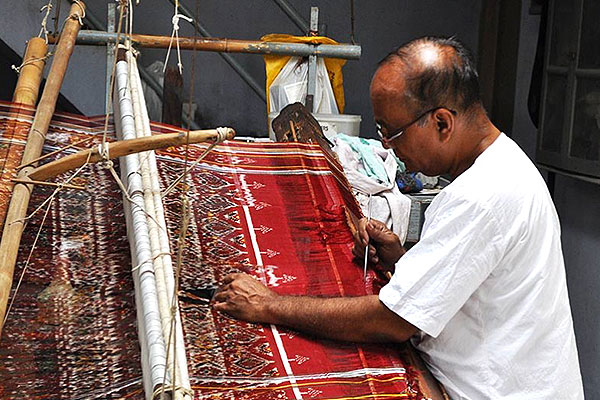
Patan Patola from Gujarat
Made in pure silk, Patola saris are the ultimate manifestation of the weaving prowess that the artisans of Gujrat have attained over several centuries. In the Patan town of Gujarat this silk cloth with double Ikat patterns is brought to life as weavers work diligently for over five months to weave one Patola sari. The intricate weaving and dying techniques add to the authentic exoticism of the fabric.
Image credit- http://gaatha.com
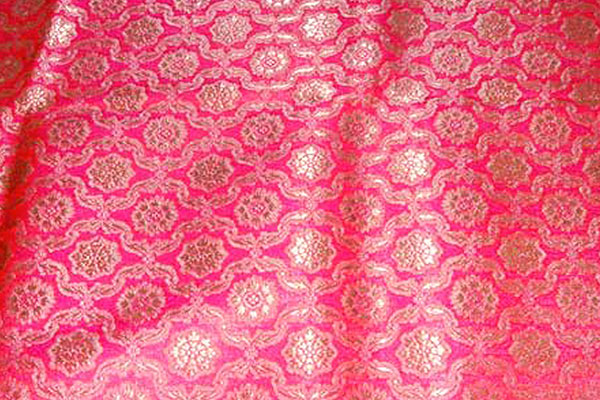
Brocades from Uttar Pradesh
Banarasi saris are one of India’s most precious textile art form and wearing one is like wearing a piece of art. The weavers of Varanasi are nothing short of artists themselves as they weave with fine gold and silver metallic threads to create exotic delicate brocades. This high quality weaving procedure has not only managed to sustain itself through the years but has also bounced back into limelight for its sheer gorgeousness and beauty.
Image credit - http://img1.exportersindia.com

Zari work from Madhya Pradesh
The cities of Bhopal, Gwalior and Indore are known for the intricate Zari work which was patronised by the Mughal Emperors over 300 hundred years ago. And while technically Zari is a brocade of tinsel threads meant for weaving and embroidery, once it is woven into the fabric (mostly silk) to create various patterns, it makes the fabric its own.
Image credit - http://cdn.strandofsilk.com
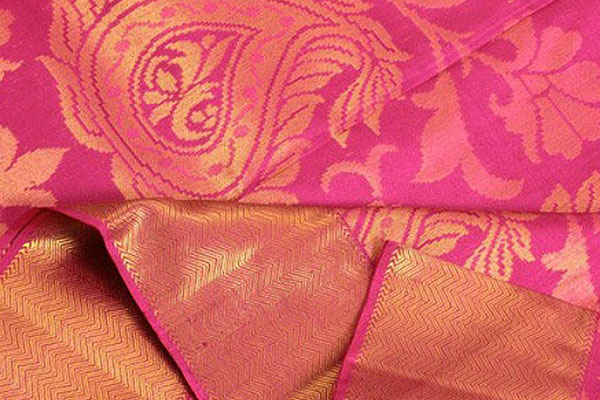
Kanjeevaram from Tamil Nadu
The roots of Kanjeevaram sarees trace back to the town of Kanchi or Kanchipuram of Tamil Nadu and are known for their exquisite pallus that are laden with Zari work. These saris are so elaborate in grandeur that they take anything between 10 to 20 days, even six months at times to be woven in. And because all the fuss is worth it, these Kanjeevaram saris continue to hold their spot in bridal trousseaus even today.
Image credit- http://cdn.strandofsilk.com
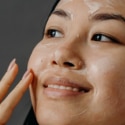
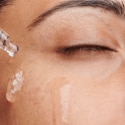














 Privacy Notice
Privacy Notice
Written by Khubi Amin Ahmed on 6th Aug 2015